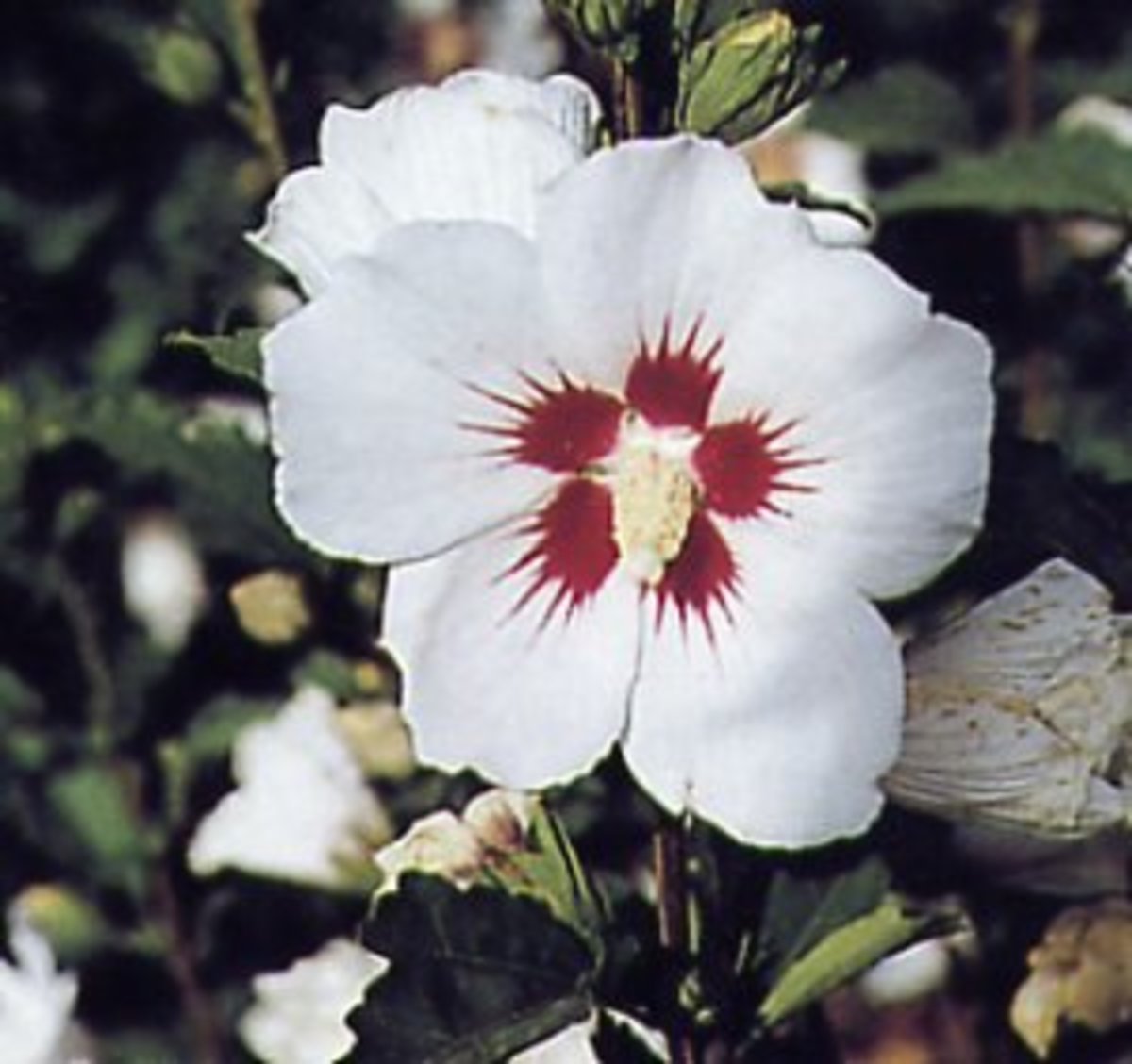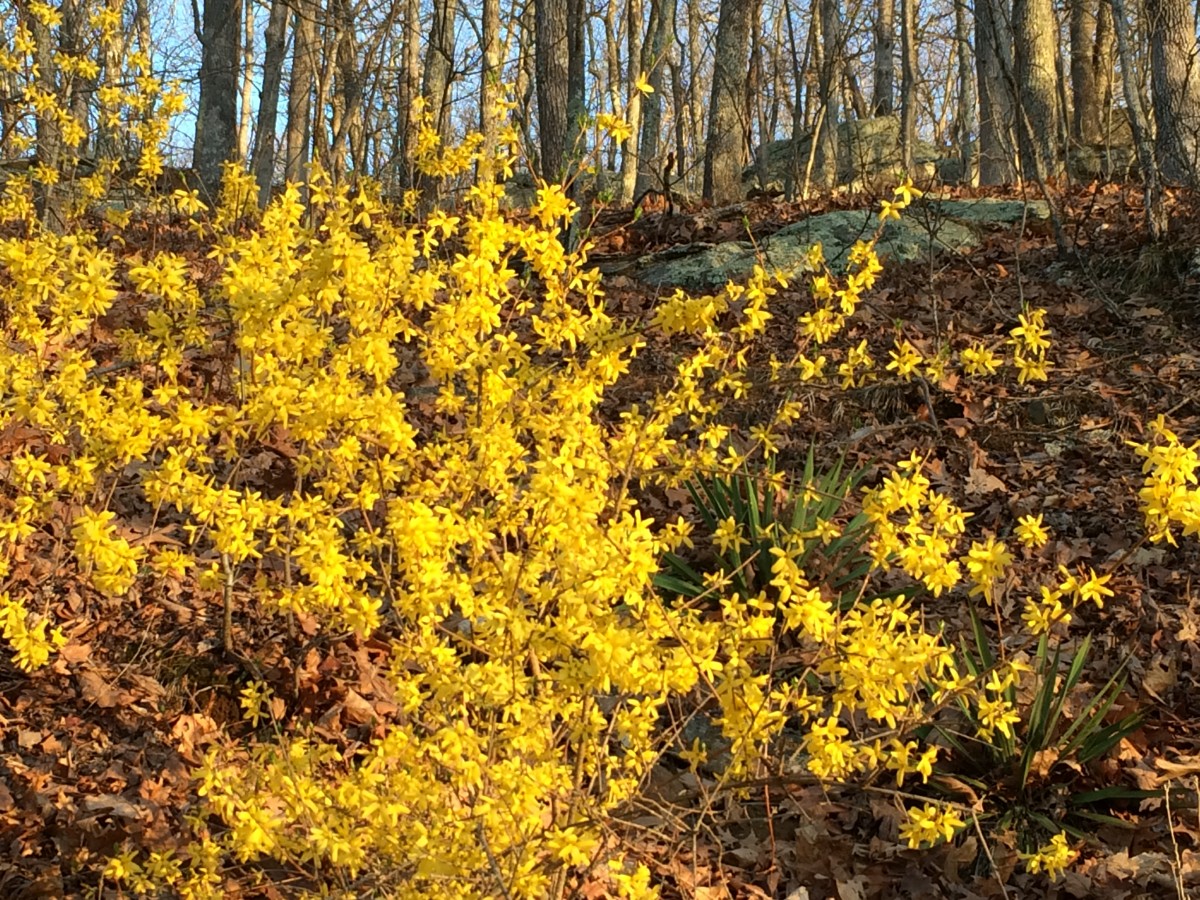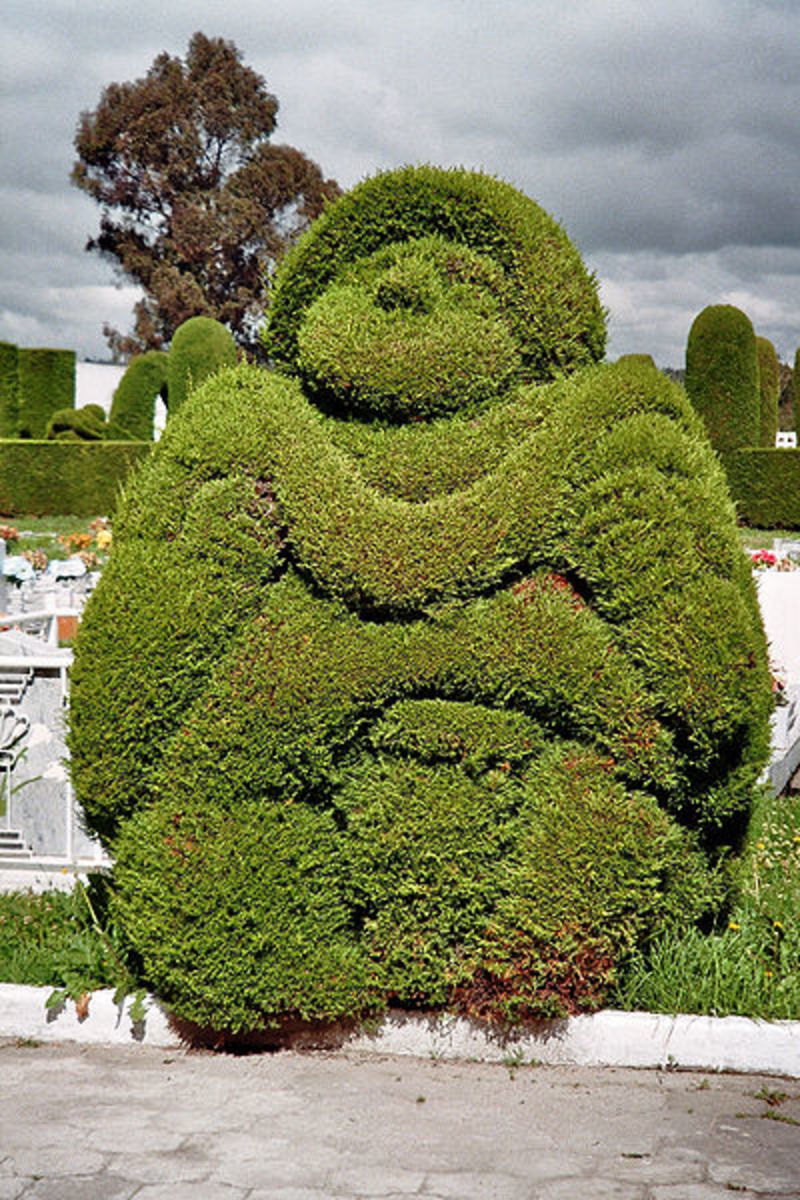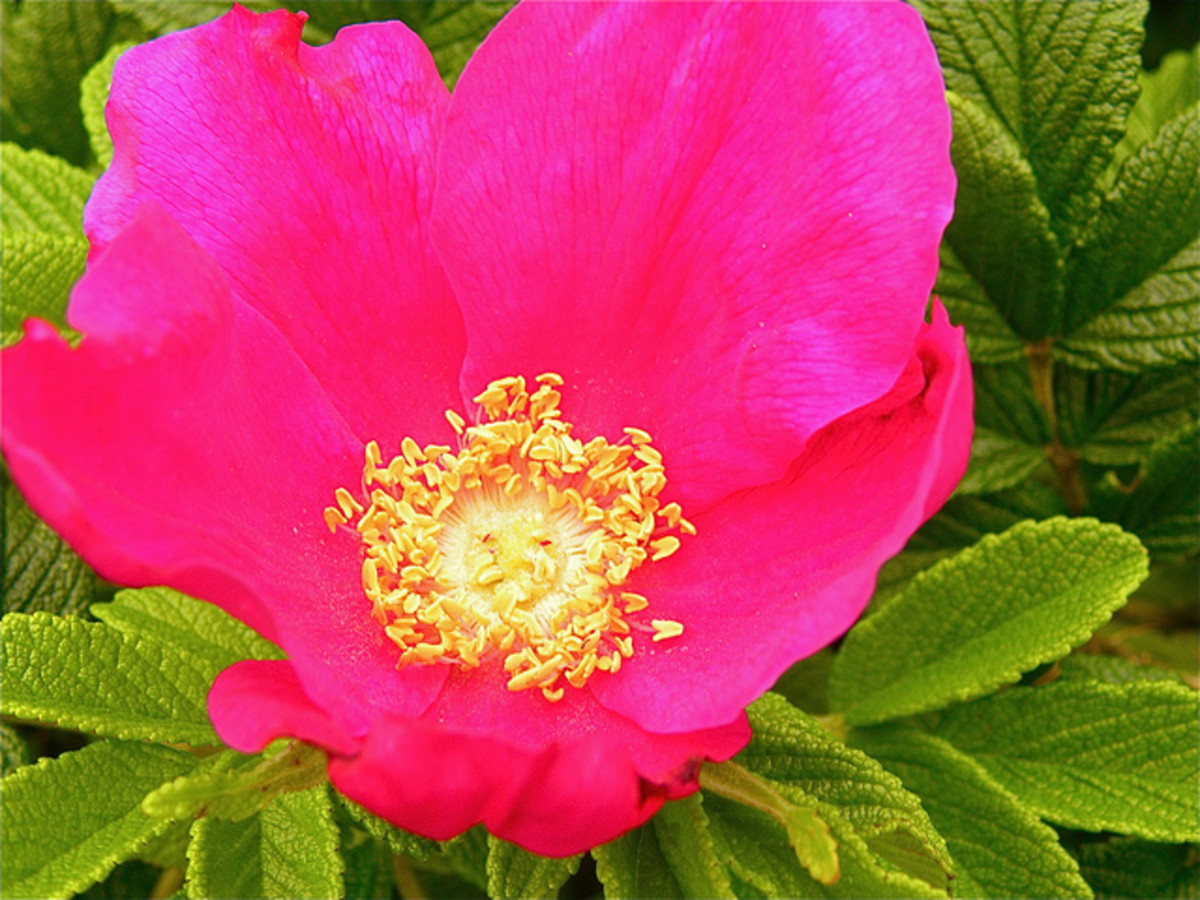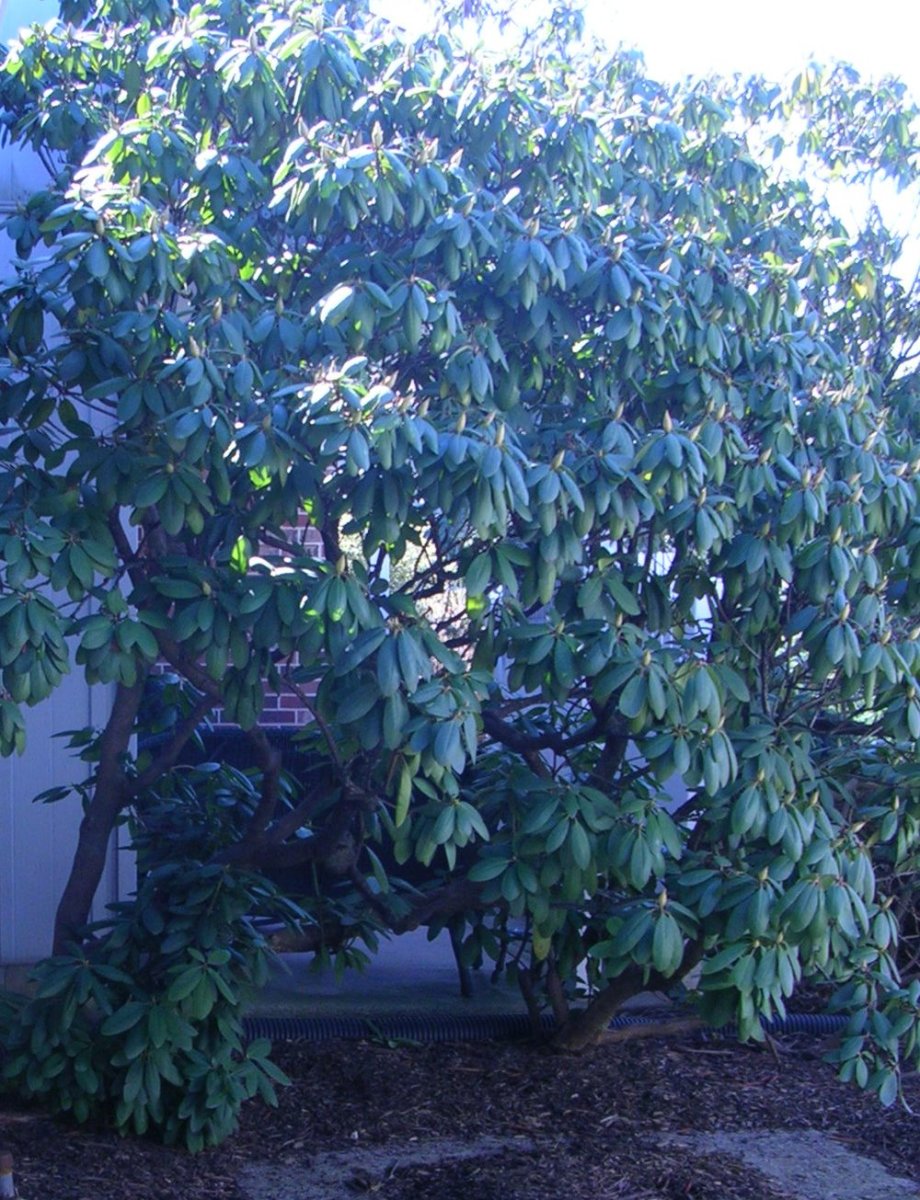A Plant Pruning Primer
pruning
When I first began to do more than grow a few things for myself, I decided that I would concentrate on design and, in particular, helping people select the right plants for their site. I was not interested in doing the physical work, for one thing there were any number of people and businesses who could provide those services and I saw no reason to compete but wanted a business that would complement what was already out there.
Then one day, a friend who I had helped select trees and shrubs for their property, referred me to a friend of their, I do like word of mouth promotion. The client was planning to sell and wanted to enhance the property’s curb appeal.
The only challenge at the time was a huge hedge that desperately needed to be cut back. I was going to contract the work out but decided to tackle it myself. It took most of the morning because it was being cut down from about ten feet high to five feet and was 15 feet long. I had fun; got some good exercise and the property looked better.
Improved appearance and performance are the main reasons we prune plants.
Basic Pruning Methods:
1- Pinching, the most common method, to pinch you use either a set of sharp clippers or you can pinch off the stem with thumb and forefinger. This action stops the stem from growing longer. When you pinch stem tips repeatedly you will encourage the development of many branches, thereby producing a thick, compact plant.
2- Heading back is the method used to shorten branches. Remember to always head branches back to a growing point, a leaf, a dormant bud or another branch. Be sure to prune to a point that will produce growth in the direction you want.
3- Thinning, you thin by removing whole branches at their point of origin. This way the bulk of the plant is reduced, but the overall size remains the same. Heading back and thinning are often done at the same time.
4- Shearing involves clipping the plant’s outer foliage using trimmers. The goal is to create an even surface. You do not need to shear plants regularly unless you are marinating a hedge or topiary.
Pruning will help the plants that need it to flourish and keep them looking vigorous and healthy, be sure to work with clean and sharp tools to reduce any problems the plant may have. A ragged cut can leave the plant open to infection, for example.
Basic Cuts
Pruning Roses
- Pruning Trees: A Guide to Properly Prune a Tree
Tree-Pruning.com - How, when and how much to prune trees and shrubs.


